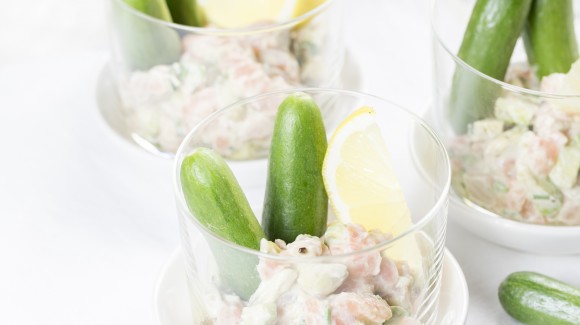One of my favorite restaurants in my hometown Middelburg (in The Netherlands) has been a fermenting restaurant for years. Almost every dish on the menu offers something fresh and tart that has been fermented. I find this incredibly tasty. And it lends a touch of excitement to your food.
Fermenting always sounded complicated to my ears. Until I asked the chef if he would teach me. And so, one morning I stood there in the kitchen with an arsenal of preserving jars and vegetables. I left with these fermented carrots, among other things. To this day, I still have a jar of preserves in my kitchen.
Now you might wonder what to do with these carrots. They are a great addition to a cheese board and taste delicious with cheese fondue. Or add them to an entree platter with different types of charcuterie. Today I share a version with dill and mustard seeds, but I also make these carrots with garlic, ginger, and chili pepper.
It's not hard, but make sure you work with clean hands and tools and sterilise your preserving jar properly. See the tips below.
Preparation
- Make the brine first. Mix the salt and water until the salt has dissolved completely.
- Put the carrots, dill, and mustard seeds in a preserving jar.
- Pour in the brine until the carrots are covered.
- Allow to ferment for one month in a place away from direct sunlight where the temperature remains constant.
Tips from the author
Tip: Open the preserving jars a few times to check how the fermentation process is going. When opening, air escapes and bubbles rise to the top. This is good. You also get wafts of a lovely fresh tart scent. After about three months, the carrots are at their best and over time they become increasingly acidic.
When you start fermenting vegetables, it is very important to clean and sterilise the preserving jars you use.
How do you do that? Here’s how:
- Make sure the preserving jars are clean. Run them through the dishwasher or wash by hand.
- Fill a large saucepan with water and immerse the jars so that they are completely covered.
- Bring the water to a boil and simmer for 15 minutes.
- Carefully remove the jars from the saucepan using a pair of kitchen tongs, for example. Leave them upside down on a clean tea towel to dry.
- You can also sterilise the lids and rings of the preserving jars by submerging them briefly in the boiling water.
Related salads chosen by others

Mediterranean garden salad
Average 3 of 5 stars
Appetizer of avocado salmon salad and snack cucumber
Average 3 of 5 stars

